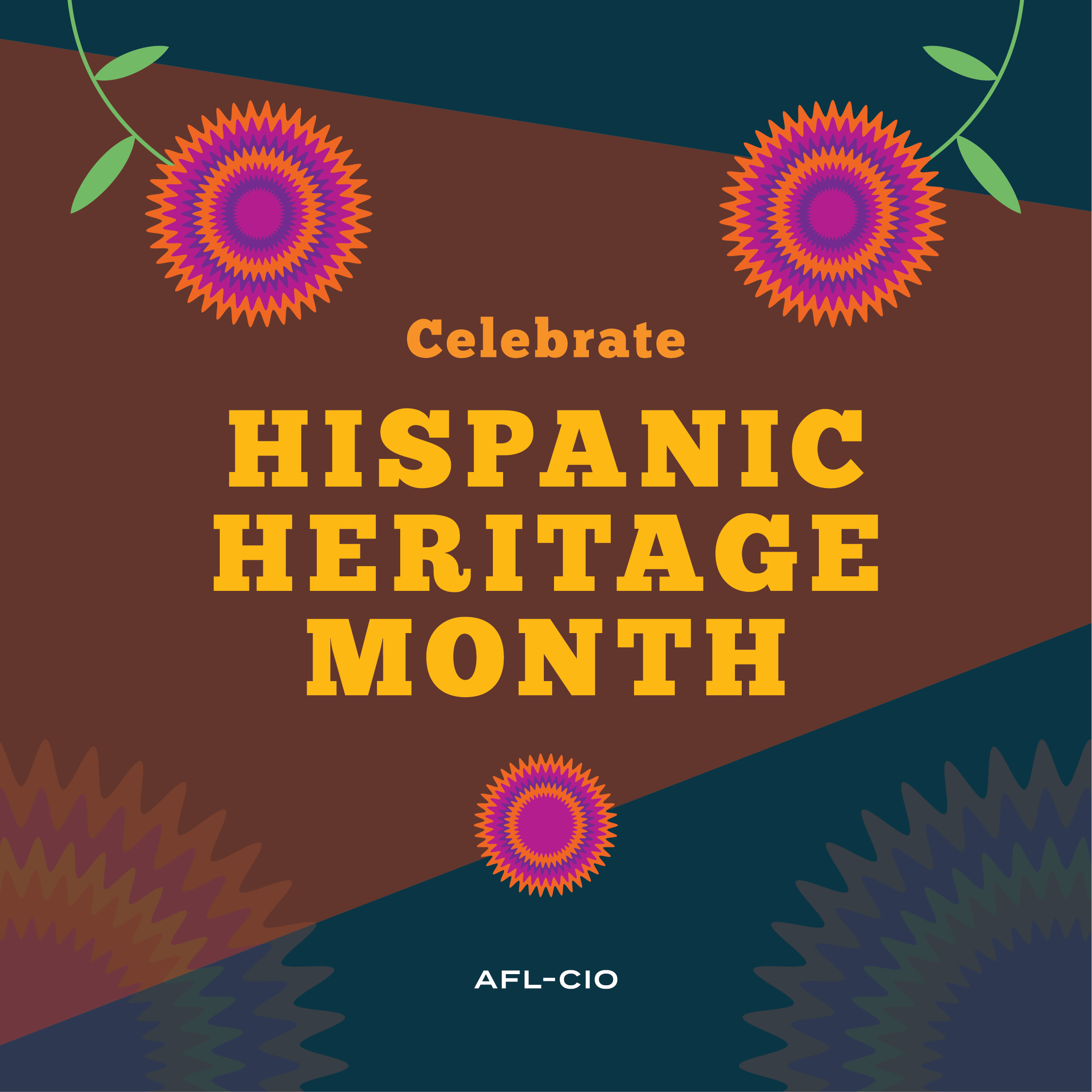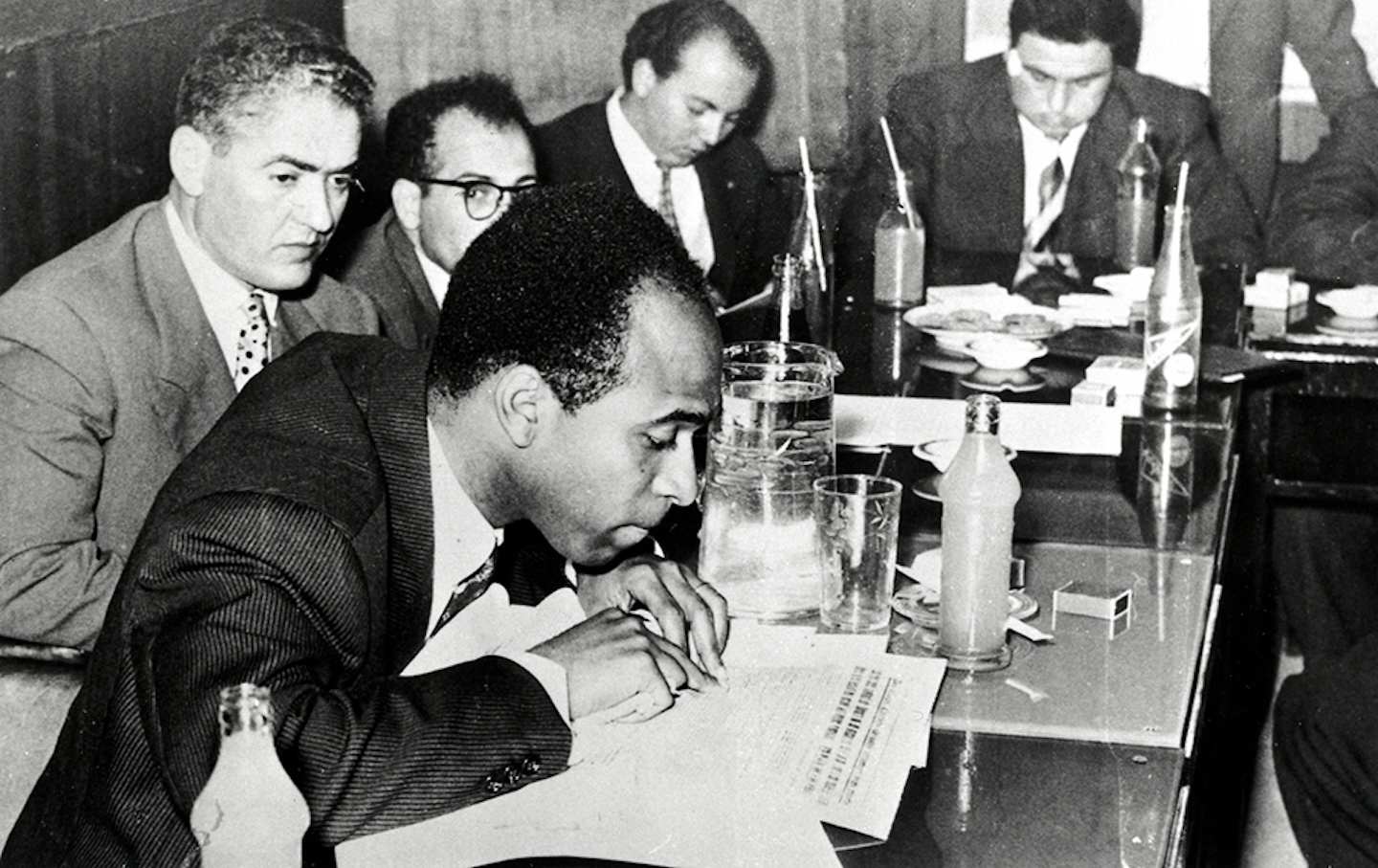This past May, Mayor Michelle Wu hailed
Boston as “one of the safest major cities in the country.” Wu’s statement was not grandstanding; recent data bears out her claim, and the city has made
headlines
throughout the past year for its public safety numbers.
No statistic is more remarkable than 2024’s plummeting homicide rate. In the first quarter of 2024, Boston led major United States cities in year-to-date homicide declines, dropping 82 percent. Extended through June 30, data showed homicide numbers for 2024 had fallen by 78 percent compared to the same time in 2023.
Now, on the cusp of autumn, the downward trend persists. There have been 14 reported homicide incidents to date this year; according to Boston Police Department (BPD) data, at this time last year, there had been 29 reported.
Just a year after city leaders announced a plan to diminish annual homicides by 20 percent by 2026—32 incidents or less—they are more than making good on the goal.
Boston’s 37 homicides in 2023 marked a historic low—a record that now stands to be significantly bested. Last year, too, saw the least gun violence recorded in city history. This downswing in violence is not a fluke, but the fruition of years of government cooperation and civilian-led efforts.
Violent crime is declining, but racial disparities persist
Despite these strides, however, public safety in Boston is highly stratified by race. According to BPD data, approximately 80 percent of shootings between 2018 and 2023 were isolated to four neighborhoods, most of which are predominantly non-white—Dorchester, Jamaica Plain, Mattapan, and Roxbury—and about four in five victims were Black.
Speaking with Vera, Dr. Rufus Faulk—who served as senior adviser for community safety to both Mayor Wu and former Mayor Marty Walsh—cautioned against myopic or premature declarations of victory. “You’d be hard-pressed to tell people who live in certain neighborhoods that violence is down if they’ve experienced a homicide in their neighborhood every year for 30 years of their life,” he said.
Massachusetts passed major criminal legal reform legislation in 2018—including greater investments in diversion and reentry programs—with one of its stated goals being to “reduce racial disparities in the [state’s] criminal legal system.” Since the law’s implementation, both the commonwealth’s incarceration and violent crime rates for all races have continued to fall. Although “tough-on-crime” rhetoric
often claims otherwise, criminal legal reform and community-centered public safety infrastructure do, in fact, beget safe communities. Yet, as Faulk stresses, keeping perspective is essential, as work remains to ensure all neighborhoods feel equal progress.
A public health, community-centered approach to crime prevention
Boston’s progress is even more notable when considering recent history. In the 1980s, cities across the United States experienced a historic spike in violent crime. The violence in Boston reached its apex in 1990, when the city’s annual homicide count rose to a record high of 152.
Reverend Dr. Ray Hammond—who co-founded Bethel AME Church in Jamaica Plain with his wife, Rev. Dr. Gloria White-Hammond, in 1988—spent years working as an emergency room physician. In an interview with Vera, he described witnessing “the medical and the familial impact [of gun violence] up-close,” including at Boston City Hospital, the former municipal hospital that historically cared for most Black and non-white Bostonians, and then one of the city’s few high-level trauma centers. “I was putting band-aids on gaping wounds,” Hammond said. “You are discharging that person to go back to exactly the same set of circumstances that got them there. And that became frustrating for me.” The experience ultimately helped lead him to enter ministry full-time, and he continues to serve as a senior pastor at Bethel AME today.
Connecting public safety with public health is a guiding principle of Boston’s ongoing strategy. A public health approach to gun violence acknowledges and seeks to address the contributing factors leading to violent crime, working to root out systemic inequities, prevent harm, support healing, and promote healthy behaviors and communities. This position has long been shared among medical associations, and U.S. Surgeon General Vivek Murthy used a similar lens when he recently declared gun violence to be a public health crisis.
It’s a strategy that requires the cooperation of myriad stakeholders (or, as outlined by Mayor Wu, an “all-of-City approach”), including governmental agencies, health care institutions, community-based organizations, and law enforcement.
Agency-based public safety efforts
The Boston Public Health Commission’s programming in this area includes several initiatives that contribute to public safety efforts. The Safe and Successful Youth Initiative works with underserved adolescents and young adults referred by public safety agencies to intercept potential system involvement and other harmful outcomes. The Community Healing Response Network provides on-call support, trauma education, and healing groups. And the Violence Intervention and Prevention Initiative co-runs resident coalitions with local organizations, helping determine needed community resources and guide policy action in six “micro-neighborhoods,” (about 900 households in each) with high gun violence rates.
Hospital-based public safety efforts
Boston’s renowned medical systems also emphasize a public health framework. Massachusetts General Hospital’s violence intervention program provides care to survivors of violence and proactively teaches
residents firearm safety to help address the broader social determinants
of health affecting those closest to gun violence. The hospital’s strategy includes direct service programs, practitioner trainings, and a fleet of Community Care Vans that provide services to patients in underserved neighborhoods. The city’s other major
health care systems
also operate health equity centers with programs dedicated to violence intervention and prevention.
Community-based public safety efforts
Boston has fostered a strong tradition of community-led violence intervention and prevention, with crucial partnerships forged over decades. In response to the 1990s crest in violence, Black clergy and community leaders, including Hammond, banded together to establish the Ten Point Coalition. The coalition worked tightly with law enforcement and sociologists to identify the “small groups of young men most likely to shoot or be shot.” (Approximately 60 percent of youth homicides could be traced back to the one percent of Boston youth involved in gang activity.)
While employing deterrence tactics, they helped involved youth transition away from violence by offering support services, education, and job opportunities. In the subsequent two years, the average number of monthly youth homicides fell by 63 percent. The dramatic results of what became known as “the Boston Miracle” led it to become a model for other U.S. cities.

Hammond now serves on the board of BMA TenPoint, the organization that evolved from the original coalition, which today serves more than 10,000 economically disadvantaged children and families annually. Other Boston-area organizations, such as Roca, Inc. and Uncornered, are also making an impact by utilizing similar community-involved intervention models.
“What’s happened in Boston and other places across the country demonstrates how integral civilian-led, community-centered approaches are to the public safety ecosystem,” said Daniela Gilbert, director of Vera’s Redefining Public Safety initiative. “Sustaining improvements in public safety requires ongoing coordination, including government using and sharing information to guide collective efforts.”
Boston is not an absolute anomaly
Although its homicide statistics are striking, Boston’s public safety landscape is not a complete outlier, but rather a prominent example of a nationwide downward trend and the work behind it.
Other major U.S. cities are also deepening their commitment to community violence intervention and seeing major drops. In Philadelphia and Washington, DC—which have had high homicide rates in the recent past—homicides have decreased, year-to-date, by 40 percent and 28 percent, respectively. The Major Cities Chiefs Association (MCCA) found that 54 of 69 surveyed cities had violent crime fall during the first half of 2024. (Notably, Albuquerque, New Mexico, one of several cities managing civilian-led violence intervention and civilian-led crisis response initiatives out of the same department, was one of the MCCA cities to experience decreased violent crime.)
Indeed, crime in the United States is down overall—a fact that’s especially important to remember as the 2024 election
approaches and candidates employ cynical “tough-on-crime” rhetoric.
Faulk and Hammond both emphasize the engagement of a broad coalition as important to Boston’s progress. Above all, said Faulk, credit is due to the everyday residents.
“A lot of our 20-year-olds and 30-year-olds who used to be the drivers of violence when they were in their teens, have made a lot of conscious decisions not to engage in violence. [They’re] leading and coaching football teams. Now they are starting their own youth program. They’re doing their own initiatives and setting an example of what it looks like to transition from active in gang activity to being a positive and productive adult.”
This year, Boston is on track to handily surpass the 20 percent reduction goal and again break its record for least annual homicides. The city’s continued progress shows what’s possible by foregrounding equity and working closely with communities to prevent crime from happening in the first place instead of simply punishing people after it does.





